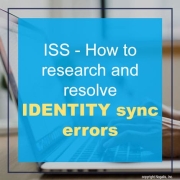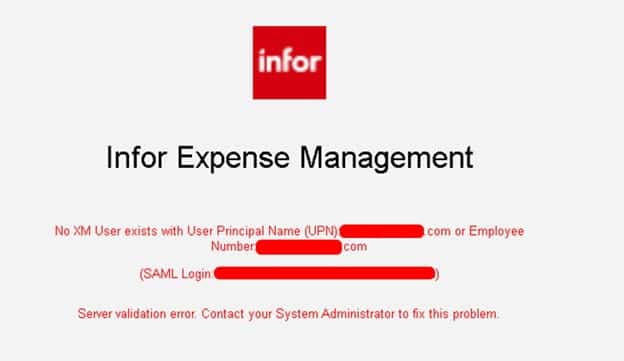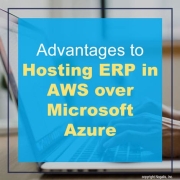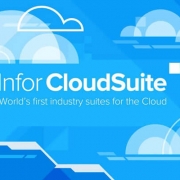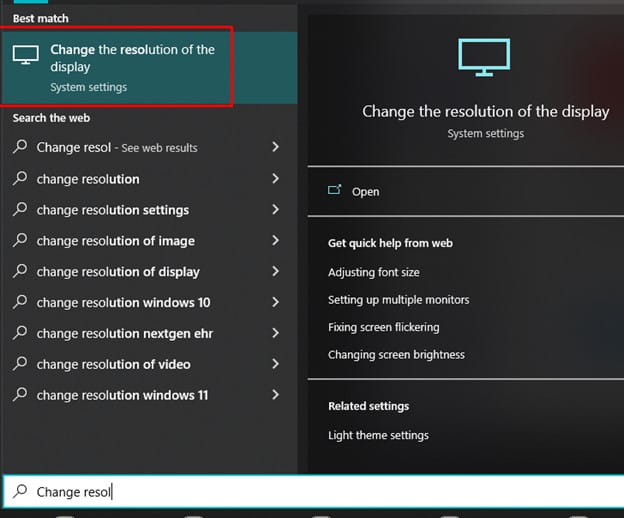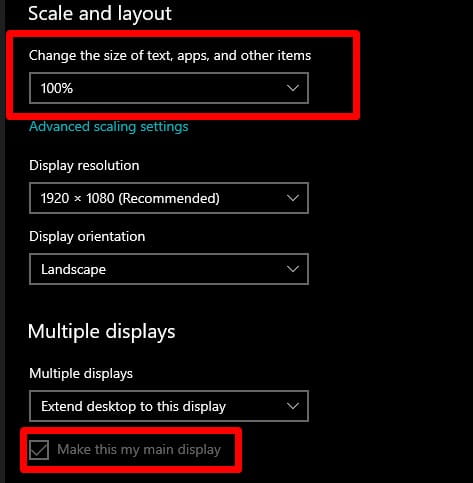In today’s digital era, Enterprise Resource Planning (ERP) systems have become crucial for businesses of all sizes. These systems help organizations manage their day-to-day operations efficiently by providing a single source of truth for all data related to finances, inventory, customer relationship management, and more. However, choosing the right cloud provider for hosting an ERP system is critical for the success of your business. In this blog post, we will discuss the advantages of hosting an ERP system in Amazon Web Services (AWS) over Microsoft Azure.
Scalability
AWS is known for its scalable cloud infrastructure, which can support businesses of all sizes. As the demand for an ERP system grows, AWS can easily scale up the infrastructure to accommodate the increased traffic. AWS offers a wide range of resources such as compute, storage, and databases, which can be scaled up or down based on business needs. Microsoft Azure also offers scalability, but AWS’s scalability capabilities are considered superior.
Security
Security is a top concern for any business when it comes to cloud hosting. AWS has a robust security model and offers various security features such as network isolation, encryption at rest and in transit, and identity and access management. AWS also complies with various security standards such as SOC 1/2/3, PCI DSS, and HIPAA. Microsoft Azure also provides robust security features, but AWS’s security features are considered more mature and reliable.
Cost-effective
Cost-effectiveness is a critical factor for any business when it comes to cloud hosting. AWS offers various pricing models, including pay-as-you-go and reserved instances, which can help businesses save money on hosting an ERP system. AWS also offers various cost optimization tools such as AWS Cost Explorer, which can help businesses analyze their spending and optimize their costs. Microsoft Azure also offers cost optimization tools, but AWS’s pricing models are considered more flexible and cost-effective.
Reliability
Reliability is crucial when it comes to hosting an ERP system. AWS has a global infrastructure that spans across various regions, which helps ensure high availability and reliability. AWS also offers various services such as Amazon CloudWatch and Amazon Route 53, which can help businesses monitor the availability and performance of their ERP system. Microsoft Azure also offers high availability and reliability, but AWS’s global infrastructure is considered more reliable.
Conclusion
In conclusion, hosting an ERP system in AWS offers several advantages over Microsoft Azure. AWS offers scalability, robust security features, cost-effectiveness, and reliability. While Microsoft Azure also offers these features, AWS’s capabilities are considered superior. Therefore, businesses looking to host an ERP system in the cloud should consider AWS as their preferred cloud provider.


